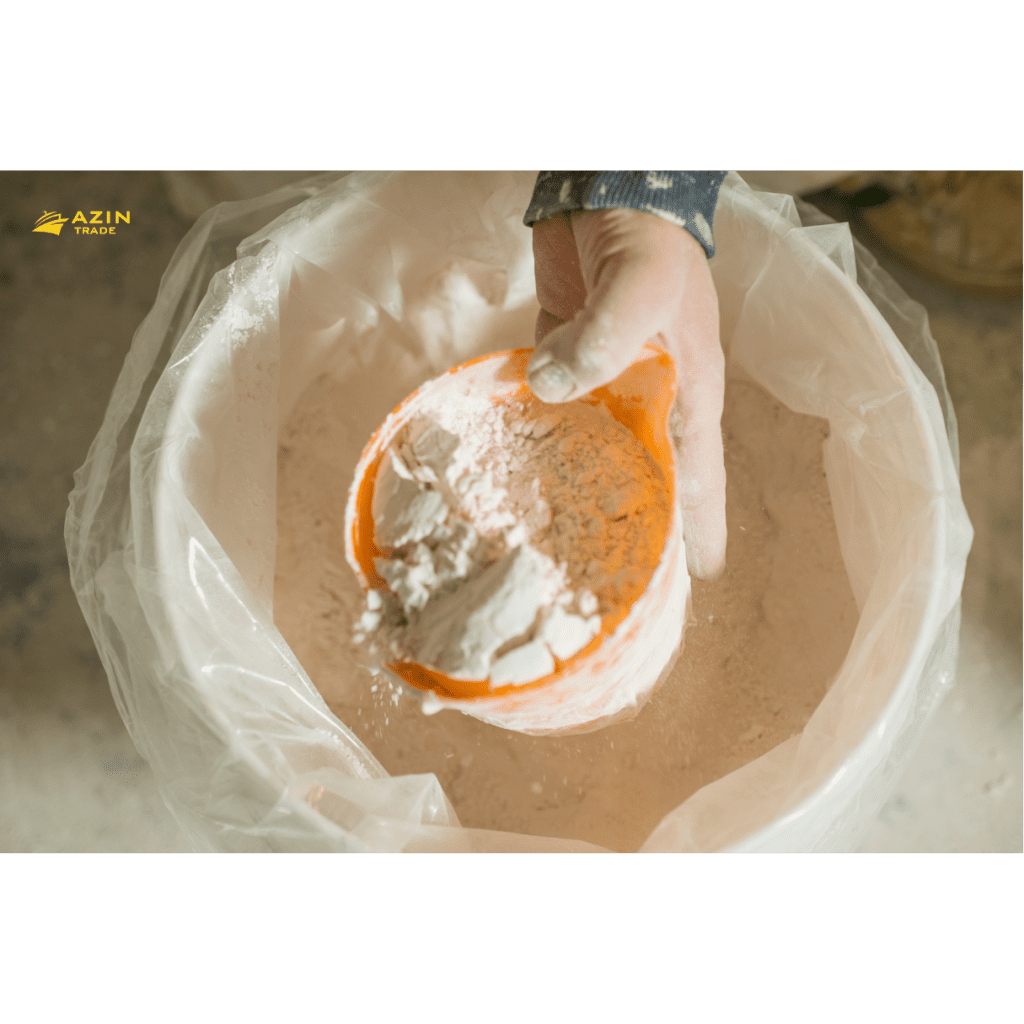
Quality control step of gypsum powder
Quality control is an essential step in ensuring the purity and quality of gypsum powder. Here are some key aspects to consider for quality control of gypsum powder:
Chemical composition analysis: Perform chemical analysis to determine the composition of the gypsum powder. This analysis helps verify the concentration of major components such as calcium sulfate (gypsum), as well as the presence of impurities or undesirable elements. Common techniques for chemical analysis include wet chemical analysis, X-ray fluorescence (XRF), or atomic absorption spectroscopy (AAS).
Purity assessment: Assess the purity of the gypsum powder by comparing it to industry standards or specific requirements. The purity of gypsum is typically expressed as a percentage of calcium sulfate content. Ensure that the gypsum powder meets the desired purity level to ensure its suitability for various applications.
Particle size distribution: Determine the particle size distribution of the gypsum powder using techniques such as laser diffraction or sedimentation analysis. Particle size distribution affects the flowability, reactivity, and performance of gypsum powder in different applications. Check if the particle size distribution falls within the specified range for the intended use.



